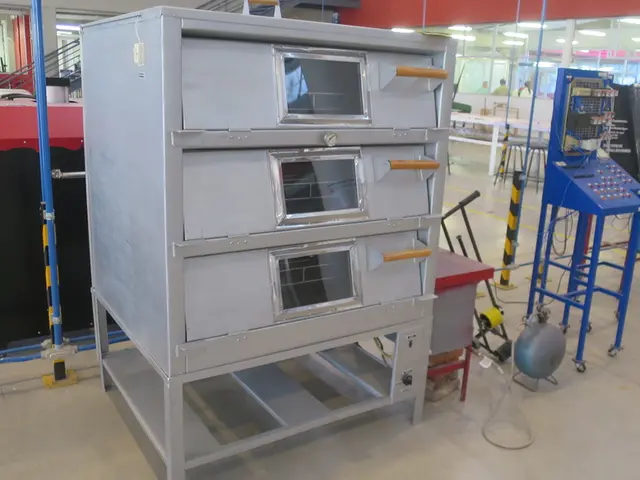Guide on Applying Sidechain Compression for Dynamic Music Production
Sidechain compression, a staple in electronic dance music (EDM) and beyond, is a mixing technique that allows one sound to influence the volume of another. This dynamic process has been a game-changer in creating clear, energetic mixes across various genres.
In the realm of Trap and Hip Hop, subtle sidechaining is employed to prevent 808s from overpowering kicks, ensuring a balanced rhythm. On the other hand, in Lo-Fi, gentle sidechaining contributes to a more natural, laid-back groove. The pumping effect, characteristic of EDM, is achieved by sidechaining the kick drum and bassline, allowing the kick to cut through while other elements duck in volume.
Sidechaining pads or synths can also transform static sounds into evolving textures that breathe with the beat. This technique is commonly used in Future Bass to create dramatic, rhythmic swells. Beyond EDM, sidechain compression is a valuable tool in hip hop, pop, and film scoring, helping to keep mixes clear and dynamic.
The trigger signal, often the kick drum, determines how loud the main track must be before compression kicks in. The attack and release settings play crucial roles in the effectiveness of sidechaining. If the attack is too slow, the kick may still clash with the bass. If the release is too fast, the effect may sound choppy or unnatural. Adjusting these settings controls the speed and length of the pumping effect.
However, over-compressing can lead to sounds disappearing completely, leaving your mix unbalanced. It's essential to find the right balance to maintain the integrity of the sounds while achieving the desired pumping effect.
Understanding sidechain compression can help you use it both as a functional tool and as a creative effect in your productions. While not every sound needs sidechain compression, overusing it can make your mix sound thin or overly mechanical. Always adjust sidechain settings while listening in the context of the entire mix to ensure a harmonious blend of sounds.
Producers sometimes employ sidechaining on reverb or delay tails on vocals to keep the voice clear while still allowing the effects to fill in the gaps between phrases. This technique adds a layer of complexity to the mix, making it more engaging for the listener.
Sidechain compression in audio dynamics processing was developed to allow external audio signals to influence the compressor's behavior, enabling effects such as ducking and frequency-dependent compression. This innovation was first used in broadcast and music production in the mid to late 20th century and has since become an integral part of modern music production.
In essence, sidechain compression is a powerful tool that can help prevent clashes between instruments in the low end, add groove and energy to a track, and create unique, dynamic mixes that captivate audiences. Mastering this technique can elevate your productions to new heights.






